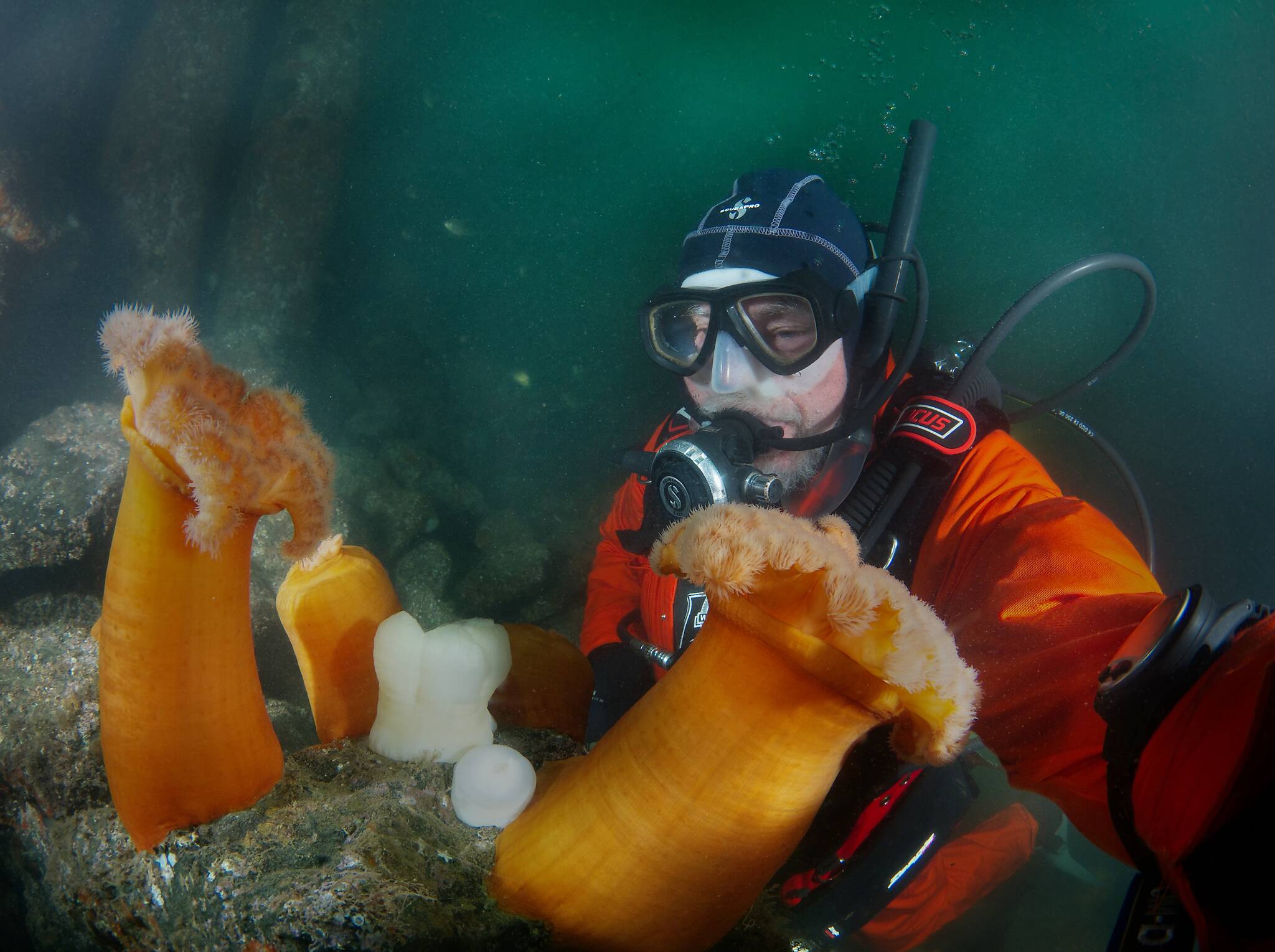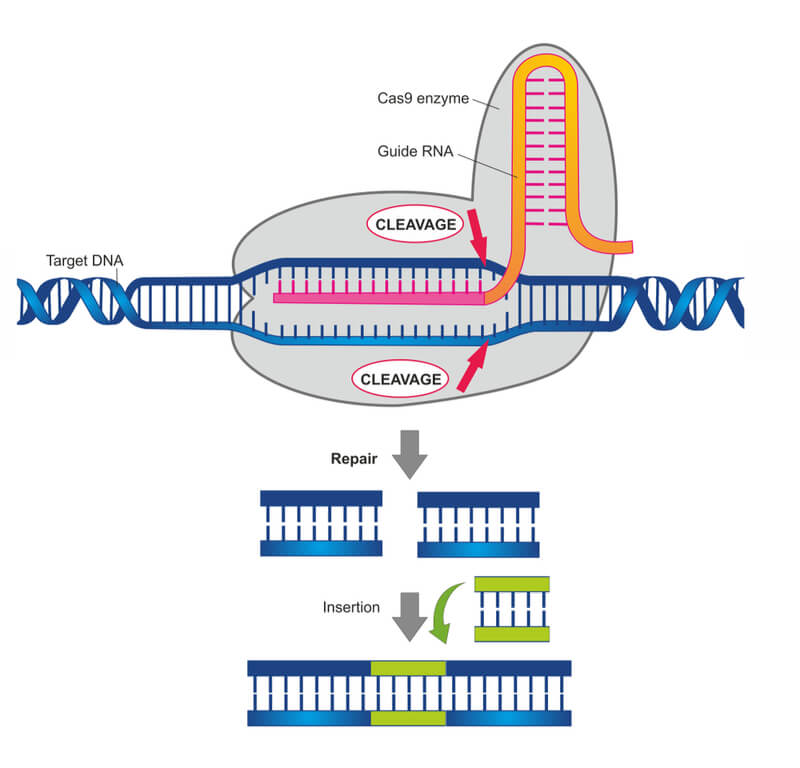Exploring Whidbey Clams: A Citizen Science Approach

Table of Contents
Understanding Whidbey Clam Species and Habitats
Whidbey Island is home to a variety of clam species, each with unique characteristics and habitat preferences. Understanding these differences is essential for effective monitoring and conservation. Some common Whidbey clams include the Pacific littleneck clam (Leukoma staminea), the butter clam (Saxidomus giganteus), and various species of cockles.
These clams thrive in different intertidal zones, depending on factors like water flow, sediment type, and exposure to sunlight. Butter clams, for example, often prefer sandy substrates in the lower intertidal zone, while littleneck clams may be found in a wider range of habitats, including mudflats and sandy beaches. The type of sediment directly influences the clams' ability to burrow and access food, directly impacting their health and survival. Understanding these habitat preferences is crucial for assessing clam health and identifying potential threats like pollution or habitat destruction.
- Identify key clam species through visual identification guides. Many online resources and field guides are available to help citizen scientists accurately identify different Whidbey clam species.
- Map clam bed locations using GPS technology. Precise location data is essential for tracking changes in clam populations over time. Apps like Avenza Maps can be incredibly helpful.
- Note sediment type and environmental factors at each location. Record observations about the substrate (sand, mud, gravel), water depth, salinity, and any signs of pollution or disturbance.
- Observe signs of clam predation or disease. Look for evidence of predation (e.g., shell damage) or disease (e.g., unusual discoloration, lesions).
Citizen Science Methods for Monitoring Whidbey Clams
Citizen science provides a powerful means for gathering large-scale data on Whidbey clam populations. Several methods can be employed, all emphasizing data accuracy and standardization:
Various citizen science initiatives offer structured opportunities to contribute to Whidbey clam research. These often involve participating in organized surveys with trained professionals who provide guidance on data collection techniques and protocols. Alternatively, independent monitoring can be undertaken within designated areas, provided established guidelines are rigorously followed.
- Participate in organized clam surveys with trained professionals. This ensures consistency and accuracy in data collection.
- Conduct independent clam counts within designated areas, following established guidelines. This allows for broader geographical coverage.
- Use standardized clam measurement techniques to ensure data consistency. For example, using calipers for precise shell length measurements.
- Submit data using online platforms or designated reporting mechanisms. Many projects utilize online databases for data entry and management.
- Photograph clams and their habitat for visual data. High-quality photos can provide valuable supplementary information.
Data Analysis and Interpretation of Whidbey Clam Data
The data collected through citizen science efforts will be crucial for understanding Whidbey clam populations' trends and potential threats. This data will be used to identify areas of concern, assess the effectiveness of conservation measures, and inform management decisions.
- Learn basic statistical analysis techniques to interpret collected data. Online resources and workshops can provide valuable training.
- Participate in data interpretation workshops or online resources. Many citizen science projects provide opportunities to learn about data analysis.
- Contribute to reports and publications based on collective findings. Your contribution will directly impact scientific understanding.
- Understand how data informs management decisions for Whidbey clam populations. Your participation helps shape conservation strategies.
The Importance of Citizen Science in Whidbey Clam Conservation
Citizen science plays a pivotal role in Whidbey clam conservation. The scale of monitoring required to assess the health of clam populations across the island is vast, and volunteer efforts are crucial. Community engagement fosters a sense of stewardship and significantly increases the amount of data that can be collected and analyzed.
- Increase public awareness about Whidbey clam populations and their importance. Citizen science initiatives educate participants and the wider community.
- Enhance scientific understanding through widespread data collection. The more data gathered, the better scientists understand Whidbey clam populations.
- Foster a sense of stewardship and responsibility towards the local environment. Active participation fosters a deeper connection to nature.
- Inform policy decisions related to the management and protection of Whidbey clam habitats. Data gathered informs best practices.
Conclusion
Exploring Whidbey clams through a citizen science approach offers a unique opportunity to contribute to vital research and conservation efforts. By participating in data collection and analysis, you directly support the understanding and protection of these important shellfish populations. Your involvement, even in small ways, makes a significant difference in the long-term health of Whidbey's clam beds. Join a local citizen science initiative today and become involved in the ongoing efforts to protect Whidbey clams! Learn more about how you can participate in Whidbey clam research and conservation projects by visiting [link to relevant website/organization].

Featured Posts
-
 Optakt Til Danmark Portugal Spilernes Form Og Taktik
May 30, 2025
Optakt Til Danmark Portugal Spilernes Form Og Taktik
May 30, 2025 -
 New Crispr Modification Enhanced Gene Editing Accuracy And Effectiveness
May 30, 2025
New Crispr Modification Enhanced Gene Editing Accuracy And Effectiveness
May 30, 2025 -
 Us Slaps 3 521 Tariffs On Some Southeast Asian Solar Products Impact Analysis
May 30, 2025
Us Slaps 3 521 Tariffs On Some Southeast Asian Solar Products Impact Analysis
May 30, 2025 -
 Alcaraz From Behind To Champion In Monte Carlo
May 30, 2025
Alcaraz From Behind To Champion In Monte Carlo
May 30, 2025 -
 Harga Kawasaki Ninja 500 Dan 500 Se 2025 Lebih Dari Rp 100 Juta
May 30, 2025
Harga Kawasaki Ninja 500 Dan 500 Se 2025 Lebih Dari Rp 100 Juta
May 30, 2025
